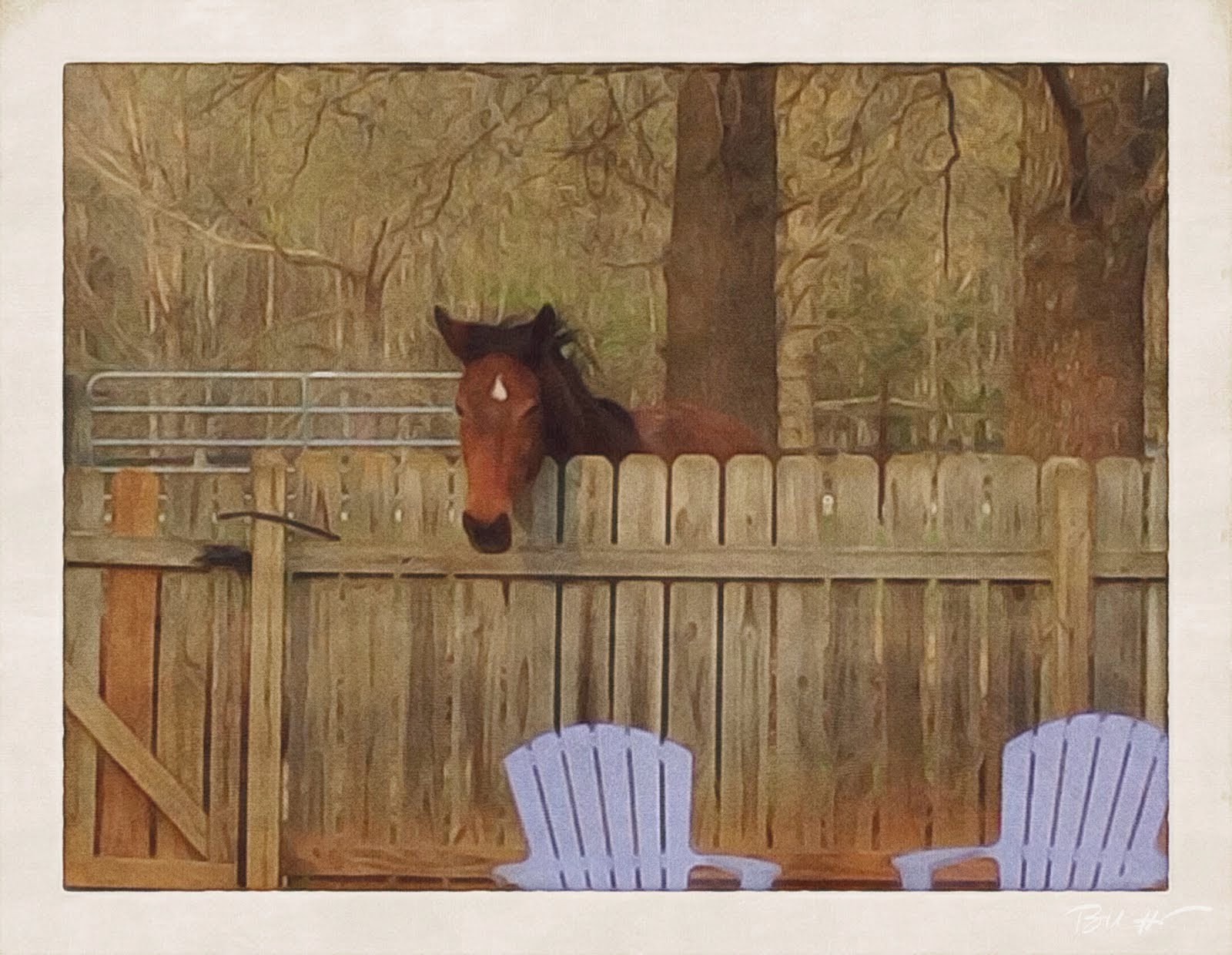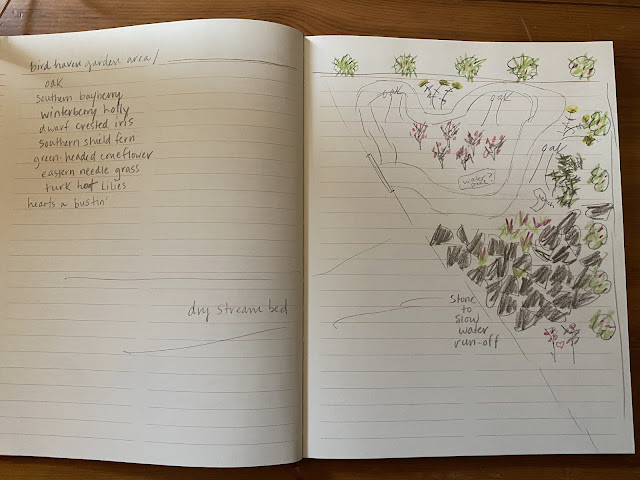This is the plant I’ve putting in our potager on a trellis along the perimeter fence as part of my “wall of climbing pollinators.” I’m excited to see how this looks once I have the entire strip of trellises planted and the plants have matured to full blooming.
Coral honeysuckle is a native, unlike the Japanese honeysuckle that is not native and very invasive. We just had to remove a small stand of that from our Poplar Folly fence this year. The native coral honeysuckle is not invasive and in some zones keeps its leaves throughout the year. That would be a nice benefit for screening.
More info from the NC State plant site:
Lonicera sempervirens, commonly called Trumpet Honeysuckle, is a vigorous twining vine that is primarily native to the southeastern U.S. but has naturalized in many other areas of the eastern U.S.
Trumpet Honeysuckle is easily grown in average, medium moisture, well-drained, neutral to acidic soils in full sun. It will grow in some shade, but best flowering is in full sun and does best in humusy, organically rich soils with good drainage. This plant flowers in mid-spring, and is often non-fragrant. Flowers are always terminal and never axillary as in L. japonica. There is a significant variation in leaf shapes over the growing season. This is a twining vine that needs a support structure and is an excellent choice for a trellis, arbor, or fence. It can also be allowed to sprawl as a ground cover. The plant flowers on new growth, so pruning should be restricted until after flowering.
High nitrogen fertilizer will produce foliage at the expense of flowers. This plant is noninvasive, and it is excellent for natural, low-maintenance areas. This vine is evergreen in the warm winter climates of the deep South.
Insects, Diseases, and Other Plant Problems: There are no serious pest or disease problems, but powdery mildew and leaf spots may occur, particularly in hot and humid summer climates. Watch for aphids.
Fire Risk: This plant has an extreme flammability rating and should not be planted within the defensible space of your home. Plants with a low flammability rating should be chosen for areas closest to the house.






.jpg)








